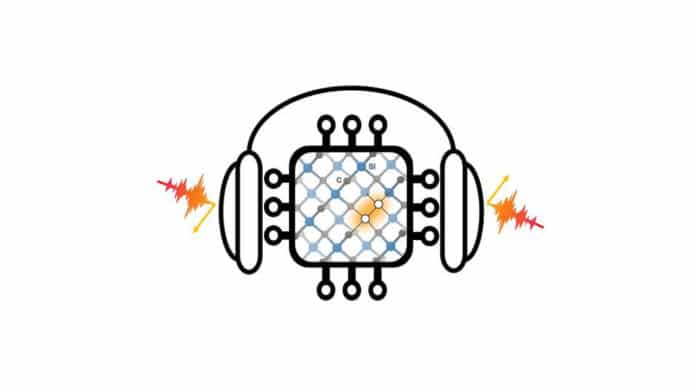Quantum computing promises to revolutionize high-performance computing. But, there is still a long way to go.
Simulating the properties of materials for next-generation quantum technologies is one of the tests that involve using quantum computers. Scientists performed quantum simulations of spin defects in a new study from the U.S. Department of Energy’s (DOE) Argonne National Laboratory and the University of Chicago.
Giulia Galli, a professor in the Pritzker School of Molecular Engineering and the Department of Chemistry at the University of Chicago, senior scientist at Argonne National Laboratory, Q-NEXT collaborator, and director of MICCoM, said, “The reasons we do these kinds of simulations is to gain a fundamental understanding of materials properties and also to tell experimentalists how to eventually better design materials for new technologies. Experimental results obtained for quantum systems are often rather intricate and may be hard to interpret. A simulation is important to help interpret experimental results and then put forward new predictions.”
Spin defects are specific impurities in materials that could offer a good basis for new quantum technologies. Studying spin defects offers a real-world system to validate the capabilities of quantum computers.
Galli said, “The great majority of calculations with quantum computers these days are on model systems. These models are interesting in theory, but simulating an actual material of experimental interest is more valuable to the whole scientific community.”
When using quantum computers to calculate the properties of materials and molecules, a problem known as hardware noise arises, which is not present in classical computers. Noisy calculations produce slightly different results each time they are run.
Argonne scientist Marco Govoni, a co-lead author of the study, said, “The uncertainty in the measurement depends on the quantum hardware. One of the accomplishments of our work is that we were able to correct our simulations to compensate for the noise that we encountered on the hardware.”
University of Chicago graduate student Benchen Huang, the first author of the study, said, “Understanding how to handle the noise in quantum computers for realistic simulations is an important result.”
“We can anticipate that in the future we might have noiseless quantum computing — learning how to eliminate or cancel the noise in our simulation will also teach us whether quantum advantage may become a reality and for which problems in materials science.”
Galli said, “In the end, the groundbreaking potential of quantum computers will motivate more work along these lines.”
“We’ve just started. The road ahead looks full of exciting challenges.”
Journal Reference:
- Benchen Huang, Marco Govoni, and Giulia Galli. Simulating the Electronic Structure of Spin Defects on Quantum Computers. DOI: 10.1103/PRXQuantum.3.010339
